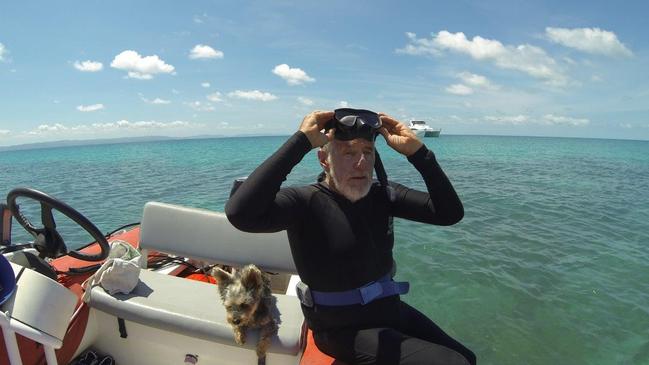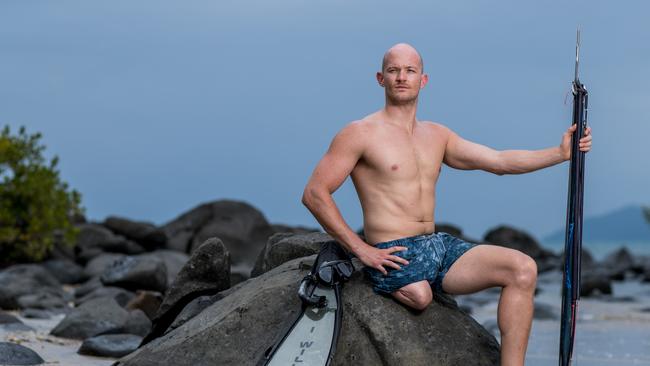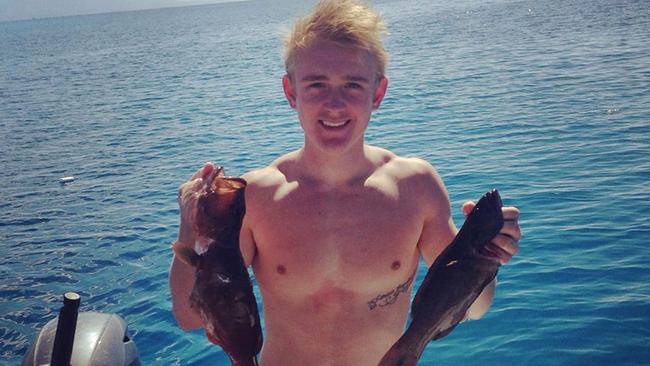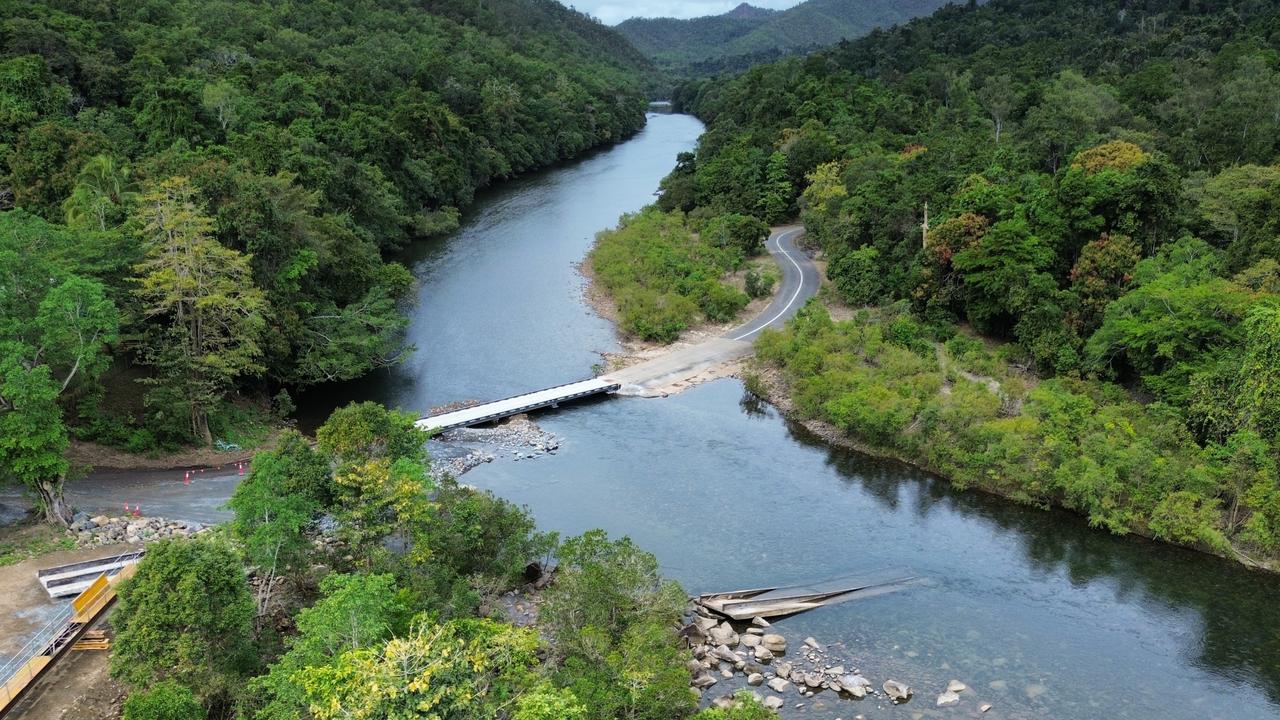Bite Club: Far North diver and conservationist Ben Cropp on shark attacks
Two species have been identified as accounting for the majority of shark attacks in Far Northern waters in what has been the deadliest year nationally for swimmers since 1929. Check out the map of shark incidents across Qld.

Cairns
Don't miss out on the headlines from Cairns. Followed categories will be added to My News.
TWO species – the tiger and pigeye shark – have been identified as accounting for the majority of tropical shark attacks in Far Northern waters in what has been the deadliest year for swimmers across Australia since 1929.
Father-of-two Reece Pla miraculously survived a hammerhead attack off the coast of Mission Beach in July, in October spearfisher Rick Bettua was lucky to survive a mauling to the leg off Hinchinbrook Island and just last week a young Innisfail angler, Jack Shinn, was flipped out of a kayak by a monster bull shark.
Shark attacks have increased in Australian waters over the past 20 years. In 2020, there have been eight fatalities so far, the highest level since 1929.
But no Far Northern fatalities have been reported in 2020.

MORE NEWS
10 of the Far North’s most famous crocs
Search for crocodile with mouth taped shut
Onlookers watch dog’s bid to escape croc
Wonga Beach-based Reef diver with 74 years’ experience Ben Cropp said while the chances of being taken by a shark are incredibly slim he had noticed a changed relationship with the apex marine predator since the Jaws movies - in the mid-1970s - did a great job of convincing swimmers it wasn’t safe to get in the water.
“Jaws caused fear, but that is in the past, people are much more educated now and are not scared as much,” he said.
“The more you know about an animal the less frightening it is.”
Despite the common belief bull sharks had been over represented in shark attack statistics the tiger and pigeye shark were the most dangerous tropical water predators.

“Most attacks are tiger sharks they are the predominant species and down south it’s the great white,” he said.
Though Torres Strait Islands feature heavily in historical shark attack data, Mr Cropp couldn’t identify any one Far Northern location to be hotspot.
However dirty water after rain and entering the ocean in the evening greatly increased the chance of attack.
“If you can see the shark you have an extremely good chance of survival but it’s the shark that you can’t see which is the worry,” Mr Cropp said.
“In clear water there is very little danger.”
Often bites were the result of a curious animal investigating a potential food source, but it could prove deadly at an isolated Reef a long way from medical attention.
“Rather than come in to attack they come into taste, but that taste can be fatal,” he said.
“There is very few cases where a shark comes in and eats a person.”

FAR NORTHERN ATTACKS
In 1892 Mr. A. Rotaman, off Badu Island, was bitten in two by a shark that he molested with a knife in a provoked attack.
Near Thursday Island, in 1907, a male was fatally attacked while swimming from the lugger Teazer.
In 1920, a Japanese diver was mauled to death while free diving at Arlington Reef, seven years later in 1927, Quassa, a Torres Strait Islander was killed off the coast of Cairns.
The year of 1929 was a bad 12 months in the Torres Strait when three people were killed, including a schoolboy taken while swimming off Dauan Island.
Llewellyn Roberts lost his life to a shark attack in Port Douglas after falling overboard in 1931.
Two fatal attacks off Trinity Beach claimed the lives of E. J. McHugh in 1945 and 17-year-old Robert McAuliffe died on the way to hospital after an attack in the same area in 1946.
A year later Phillip Collin was taken off Ellis Beach.

Kapua Gutchen in 1954 succumbed to a shark bite injury at Darnley Island while hunting cray fish and died.
More recently 18-year-old spear fisher Daniel Smith was killed after a tiger shark attack at Rudder Reef off Cape Tribulation in 2014 following a bites on his upper right leg, groin and upper right arm.
And Mission Beach father-of-three Glenn Dickson lost his leg in 2017 after being attacked while spearfishing off Hinchinbrook Island.
Originally published as Bite Club: Far North diver and conservationist Ben Cropp on shark attacks


